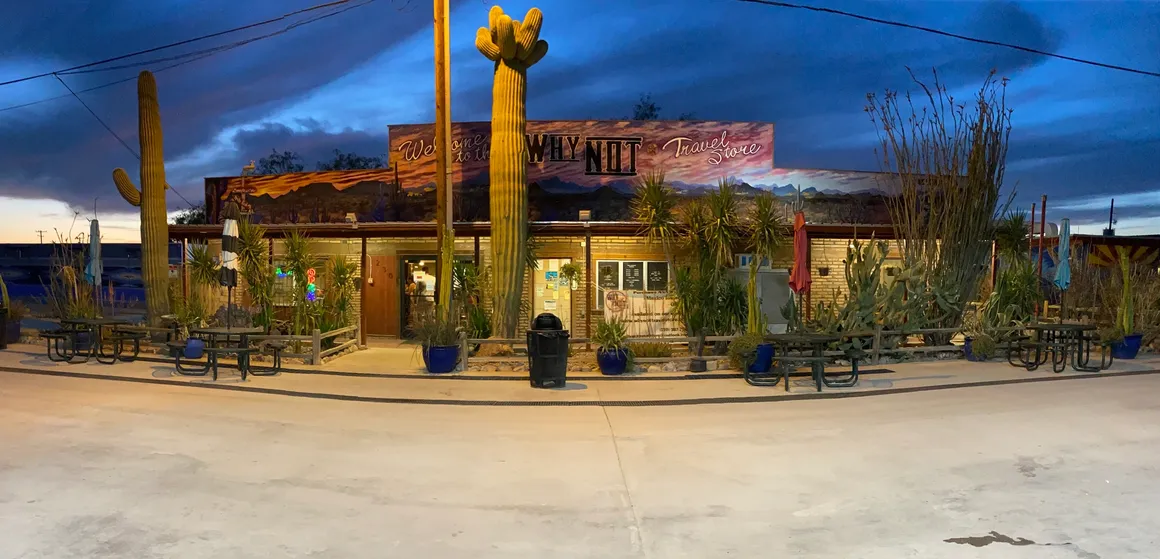Mexico’s National Drink
Long before the Conquistadors arrived in the new world the sweet juice from the heart of the agave plant was fermented in a drink called Pulque. This precursor of tequila was used by the Aztecs as a ceremonial offering to their gods.
There are several Aztec myths as to how the agave plant was created. The myths differ, but with a common component. The goddess, Mayahuel and the god Quetzalcoatl were lovers. Tzintzimitl, an evil goddess, no doubt jealous of their relationship, wanted to kill them. Mayahuel was eventually killed. When Quetzalcoatl buried her, the blue agave grew from her grave. Feeling sorry for Quetzalcoatl, the other gods endowed the blue agave with hallucinogenic properties to comfort him in his despair.
The agave is not a cactus but a member of the lily family. The plant takes 8 to 10 years to mature before it is ready to be processed. The government of Mexico strictly regulates the production of tequila. True tequila can only be made from the blue agave, while mescal can be produced from any of the other species of agave.
After the large fleshly leaves are removed from the plant, only the juice from the heart of the blue agave may be used for tequila, and it may be grown only in specific areas of Mexico. Tequila is distilled twice from the fermented juice. Mescal is distilled only once. Only mescal is allowed to have the “worm” in the bottle.
Tequila must be made from at least 38% to 51% of the fermented sugar from the blue agave. Premium tequilas are produced from 100% blue agave. Only 100% agave can be labeled as such. These tequilas are the smoothest and most flavorful and must be bottled within Mexico. Others not labeled as 100% are called Mixto. Mixto is made by blending sugar and water during the distillation process. The Tequila Regulatory Council, which oversees tequila production, allows Mixto tequilas to be exported in barrels and bottled outside of Mexico. Originally tequila could only be made from blue agave grown in the state of Jalisco in the town of Tequila. But due to tequila’s popularity it is now permitted to be grown in other designated areas in the vicinity of Tequila.
The aging process determines the designated name of the tequila.
Añejo (old) is aged for at least one year in wooden casks.
Reposado (rested) must rest for at least 2 months in wooden casks.
Blanco (white) is distilled without aging.
Plata (silver) is the purest tequila without aging.
Oro (gold) is actually a blend of white and reposado and may be colored and flavored.
On another note, the unfermented nectar from the heart of the blue agave is now being
sold as a sweetener. It is being used as a replacement for artificial sweeteners because
of its low glycemic index, and because its sweetness is so concentrated you only need
a tiny bit. The product I tasted reminded me of honey. It’s available online and at
Trader Joe’s, among other sources.



























